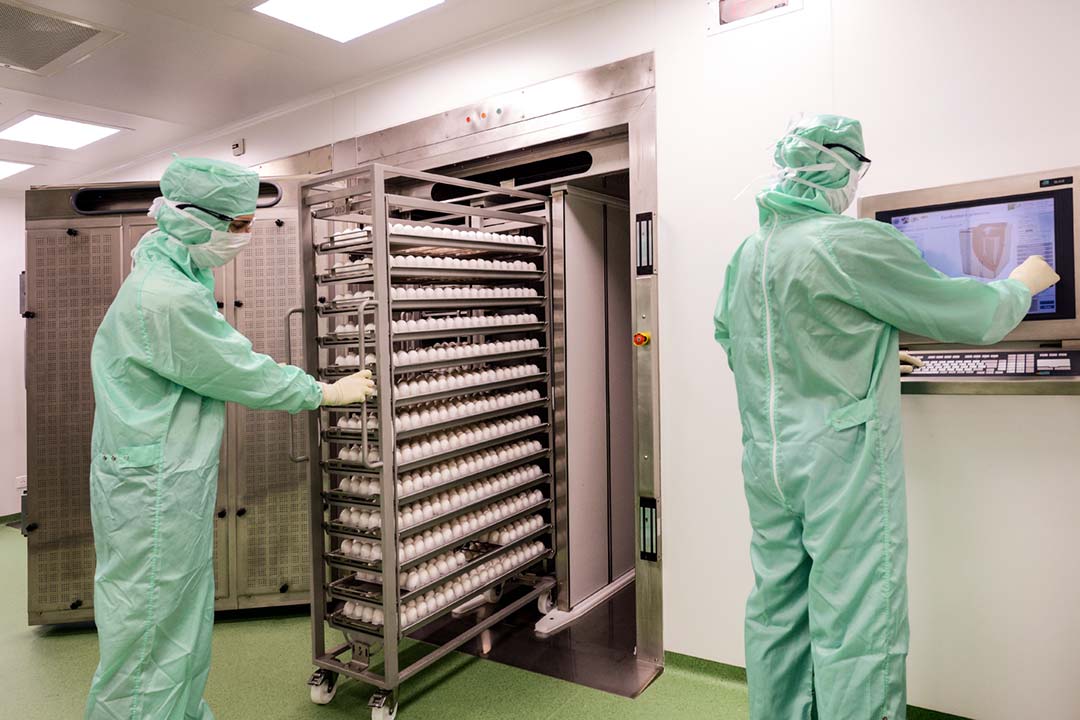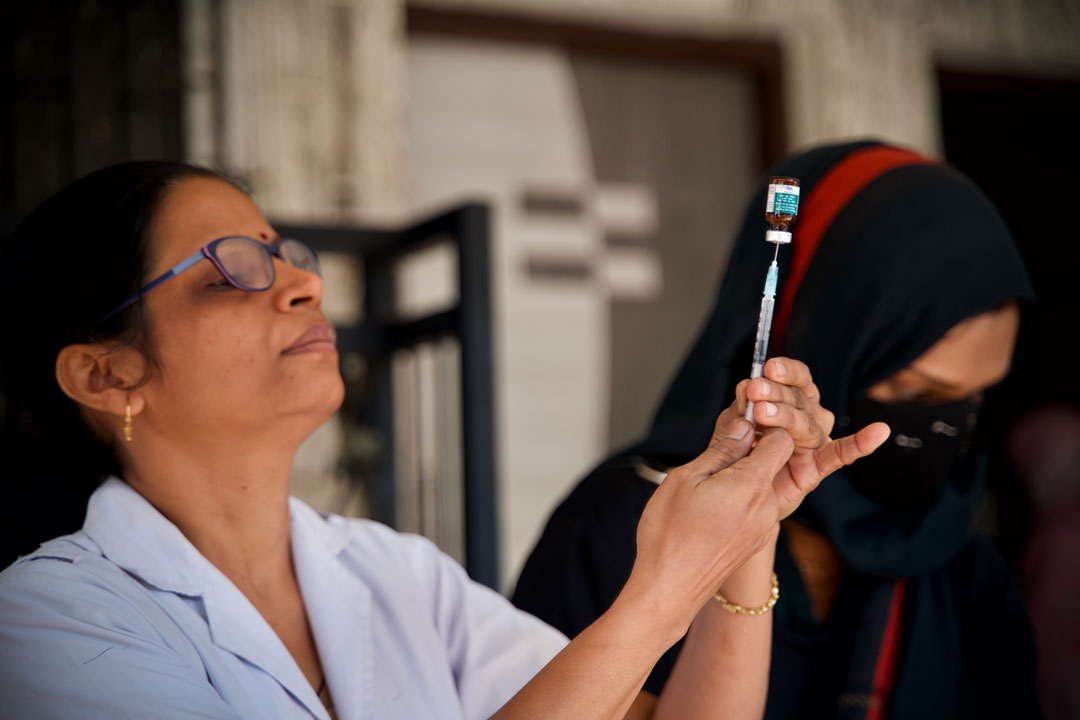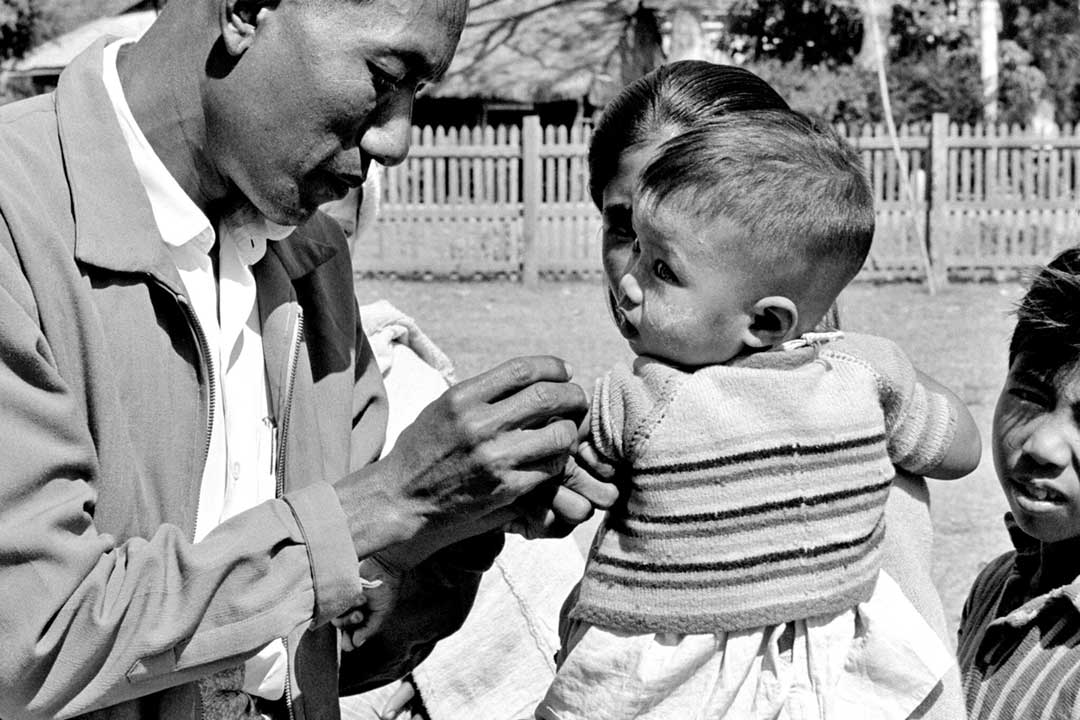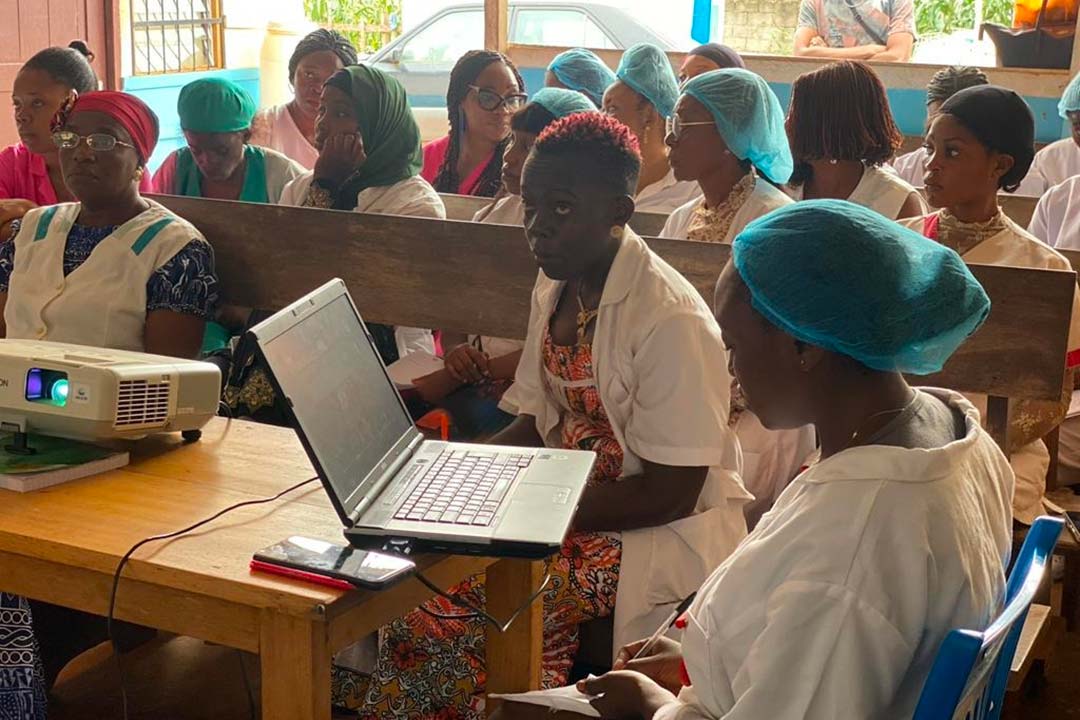Lower-income countries are letting far fewer COVID-19 vaccine doses expire than wealthier nations
Just 0.2% of COVID-19 vaccine doses delivered to lower-income countries through COVAX expired before they could be administered, estimated to be a significantly lower amount than wealthier countries.
- 22 September 2021
- 3 min read
- by Priya Joi

The total share of expired COVAX doses, compared to total COVAX doses delivered in lower-income countries, is just 0.2%. Although data on expired doses outside of COVAX is hard to come by, the UK is set to discard 800,000 doses of AstraZeneca’s COVID-19 vaccine after younger people were advised to take an alternative vaccine. In the USA, meanwhile, Jenny Ottenhoff, senior policy director for global health and education at the ONE Campaign, estimates that the total number of expired vaccines, combined with those about to expire in the coming months, is in the millions.
COVAX carefully checks countries’ ability to absorb doses before they are shipped, in order to minimise risk of wastage
The 0.2% figure equates to a volume of about 386,000 doses. According to data of 17 September 2021, 13 countries have reported expiration of doses they have received, and the volume of doses varies from 2,000 to 187,000 per country. Most of those expired doses (nearly 295,000) were in the World Health Organization’s Africa region. Around 39,000 were in the region of the Americas, and just over 52,000 in the Eastern Mediterranean region.
The low percentage of expired doses is encouraging, given that COVAX currently relies heavily on donations, which are much more difficult to plan around than vaccines secured via advance purchase agreements, as donated doses are often made available at short notice.
Vaccine expiration is inevitable
Given how long the road to developing a vaccine can be, expiration of vaccine doses (known as closed-vial wastage) might seem shocking, but is often an inevitable cost in what can be a complex journey from the manufacturer to the arm of someone in a rural part of a low-income country.
Have you read?
As many as one in two vaccines against diseases other than COVID-19 can be wasted, according to the World Health Organization. Although organizations like Gavi have been working hard with countries to bring wastage levels down, a wastage percentage of 5% has often been considered acceptable.
There are many reasons why vaccines might be unintentionally wasted, of which expiration is one. It’s important to distinguish between “closed vial wastage” (which happens before vaccine vials are even opened) and “open vial wastage” (occurring after vials have been opened). Closed vial wastage occurs during storage and transportation when vaccine vials may spend too long outside their ideal storage temperature. Open vial wastage occurs mainly because doses from multi-dose vials are not able to be used in time, and are thrown away.
Uncertainty over COVID-19 vaccine expiration dates led some countries to destroy doses (not delivered through COVAX) earlier this year.
Protecting COVAX doses
Given their novelty, there was – and still is – uncertainty about the speed of uptake of Covid-19 vaccines. For this reason, close monitoring of their roll-out is essential, enabling countries and COVAX partners to flag doses at risk of expiry. Additional support is provided to countries to accelerate uptake, and, in some instances, doses have been redeployed to countries with greater absorptive capacity. As supply increases, COVAX carefully checks countries’ ability to absorb doses before they are shipped, in order to minimise risk of wastage.









